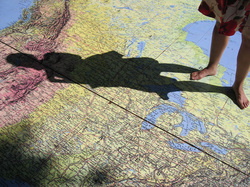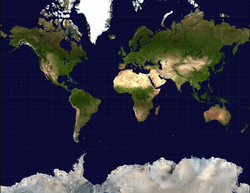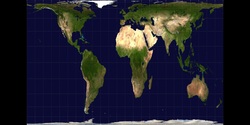
"Okay. We're going in."
"Just like that? Without a plan?"
"When have any of our plans ever worked?"
Finally - something in Harry Potter that I can truly relate to!
I'm unlikely to ever be called on to do anything heroic. I'm so klutzy that if I DID have access to a magic wand, I'd shoot myself in the ear with a laser beam or something. And if I was faced with an angry, evil, noseless villain like Whatz His Face, I'd run screaming into the woods so fast I'd leave a flame trail, blubbering in terror and probably peeing myself.
But Harry had a point when he alluded to the perils of over-planning. I've done projects and lessons with my classes over the years that involved weeks or months of planning, which went splendidly. I've also has many which fell apart on contact with real - as opposed to theoretical - students. Whether or not I realize it as I'm planning a lesson, a lot of the time, I'm counting on my students to react in a predictable and logical fashion, which - in real life - they often refuse to do.
Some of my best lessons have started out as off-the-cuff, spontaneous ideas that I've been able to try out, see what works and what doesn't, then build on in future years.
So, I tackled this improvisational mapping activity with my 7th grade classes last Thursday with a certain amount of blithity(?). (Whatever you call it when you do something blithely):
On Thursday morning, I took each of my 7th grade classes on a micro-fieldtrip to a large Mercator-projection map of the world that covers on of the walls outside our library. I asked them a few simple, easy-to-answer questions about the map - "Where are we?" "Which country is bigger - Canada or Mexico" - that sort of thing.
Then I asked them about Greenland.
They agreed that it's about the same size as South America. I reached up and put my outstretched fingers over it and did the same to South America and both seemed to be roughly the same size.
"Can anyone find Spitsbergen? It's an island."
This took awhile, but eventually they located it, some distance north of Norway.
"How big to you think IT is?
After some comparison and the use of my hand, they agreed that it was about half as big as the United States, east of the Mississippi.
"And what about Antarctica?"
There was some "Whoa!"-ing there; they hadn't realized that the South Pole was as big as all the rest of the continents put together.
So, then we went back to my classroom and looked at another map of the Earth - this one a Peters projection:
Then I had them try a deceptively simple activity:
Get a partner and gift-wrap a globe. Cover a globe with one layer of paper. You can cut and tape the paper as much as you want, but your final product shouldn't have any folds. You can fold the paper as much as you like while you're working on this - fold a flap, then cut it off and tape it flush - but your final piece of paper should be one, continuous piece, without any folds or overlaps.
Here is how it went:
Gift Wrapping a Globe from John Fladd on Vimeo.
The lesson they took away from this?
Things are rarely as simple as they seem - even reading maps. Squooshing a 3D planet onto a flat piece of paper gets pretty freaky, pretty quickly.
Over the next two years, I'll be challenging them to think critically, to challenge simplistic answers and solutions, to back up opinions with facts.
A good first step in that direction is realizing that Greenland isn't the size of South America; it's about the size of Mexico.


 RSS Feed
RSS Feed